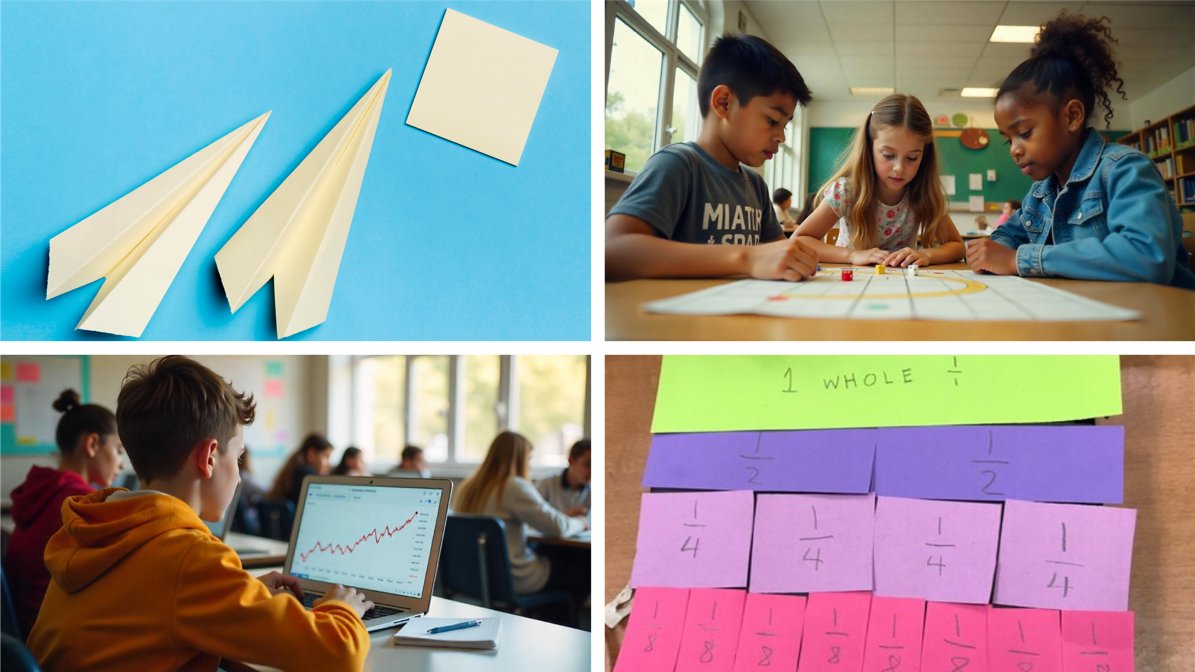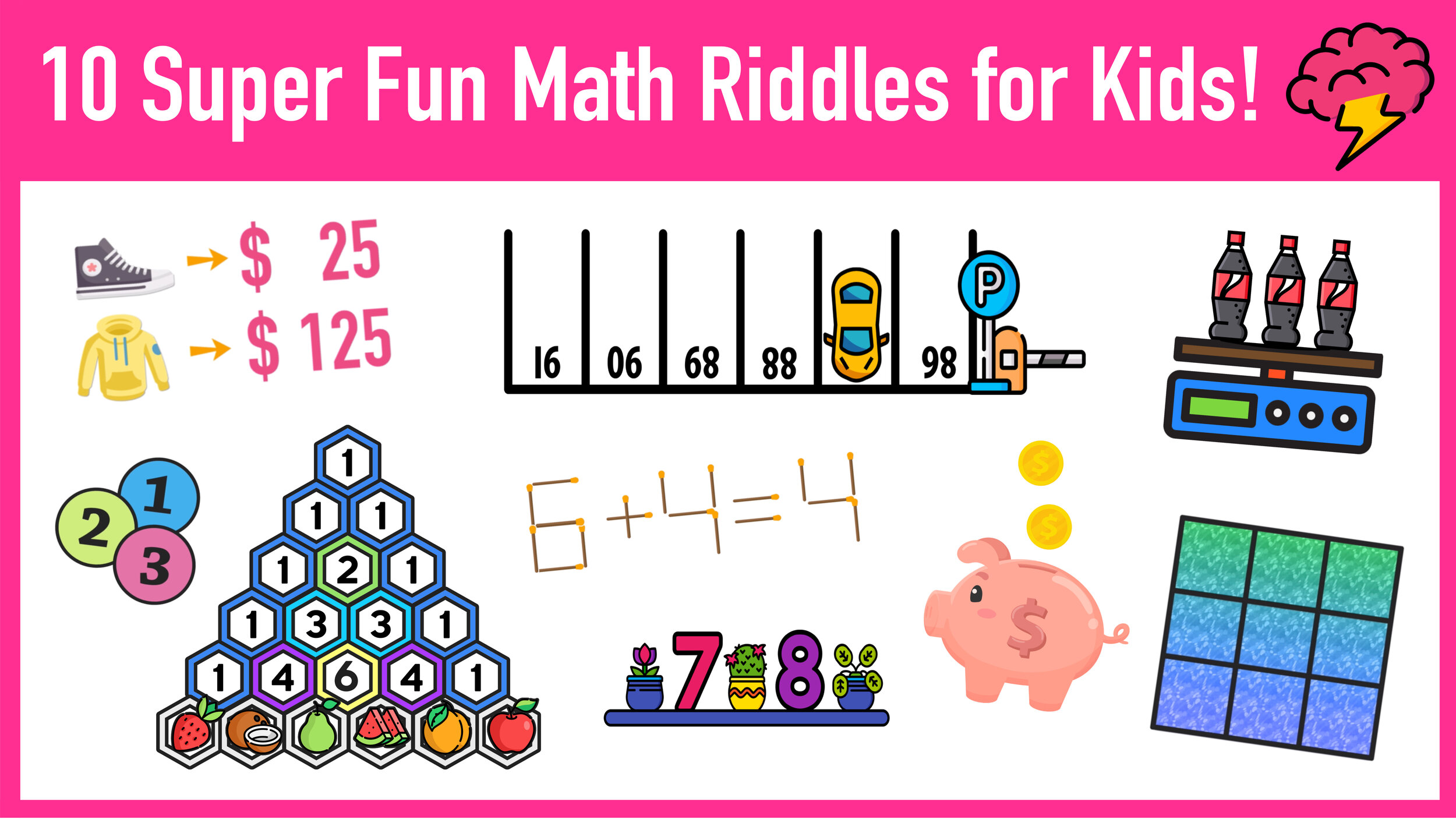The Ultimate Paper Airplane Project
Research, Experiment, Optimize, and Test Your Design to Win the Paper Airplane Game
What is the paper airplane game? The paper airplane game is a project involving math and physics where students attempt to create a paper airplane that excels in distance, accuracy, and hang time. (Image: Mashup Math FP)
The Paper Airplane Game: The Ultimate Paper Airplane Math Project is a hands-on and fun exploration of the mathematics and physics behind designing and creating a paper airplane that can travel long distances, fly accurately, and stay in the air as long as possible.
The paper airplane game is great for all ages and is a popular math project activity for elementary and middle school students. The only resources required are paper, scissors, a stopwatch, measuring tape, and having access to an open space (indoor or outdoor) where students can fly their paper airplanes.
Here is how the project works:
Paper Airplane Game Stage 1: Research
The very first stage of the paper airplane game involves researching the physics and mathematics behind what allows airplanes to take flight. During this stage, students are exposed to key concepts including lift, drag, thrust, and the impact of weight.
This stage is meant to spark student interest and inspire their designs. We recommend showing the following 5-minute TED-Ed video How Do Airplanes Actually Fly?
Paper Airplane Game Stage 2: Experiment
The second stage of the paper airplane game is experimenting. During this phase, students are given the freedom to play with different styles and designs to make paper airplanes. Students have the option to follow classic designs or to create their own unique designs and then use trial-and-error to test how different shapes and folds affect how a paper airplane travels.
Paper Airplane Game Stage 3: Collect Data
During the third stage, students are tasked with collecting data about their paper airplane designs. Using a stopwatch and measuring tape, students can track data about how far their plane traveled, how long it stayed in the air, and how accuratly it flies when being thrown at a target.
Paper Airplane Game Stage 4: Data Analysis
Once enough data has been collected, students are ready to analyze their results to make conclusions about the viability of their designs. Students should be encouraged to use math formulas and to make calculations to draw meaningful conclusions and to determine which design is best for the final competition.
Paper Airplane Game Stage 5: Optimize Your Design
Based on students analysis of their collected data, they should be given one final opportunity to optimize their paper airplane designs to maximize their plans distance, accuracy, and air time. Students may want to combine the best features from multiple designs into one final product. Students can also practice throwing their final design and see how different throwing techniques affect the flight patterns.
Image: Mashup Math FP
Paper Airplane Game Stage 6: Compete
Finally, students can have their final paper airplane designs compete against each other in three categories:
farthest distance traveled
accuracy (how close a thrown plane can get to hitting a given target)
air time (which plane can stay in the air the longest before hitting the ground)
Students can also present their final designs to the class and explain what they learned by going through the research, experimenting, data collection and analysis, and optimization phases.
More Free Resources You Will Love:
Why Am I So Bad at Math? (And How to Get Better)
If you are wondering, why am I so bad at math? The fault is likely due to you having a fixed mindset for learning, which is often a product of being negatively affected by harmful misconceptions about your ability to learn math.











